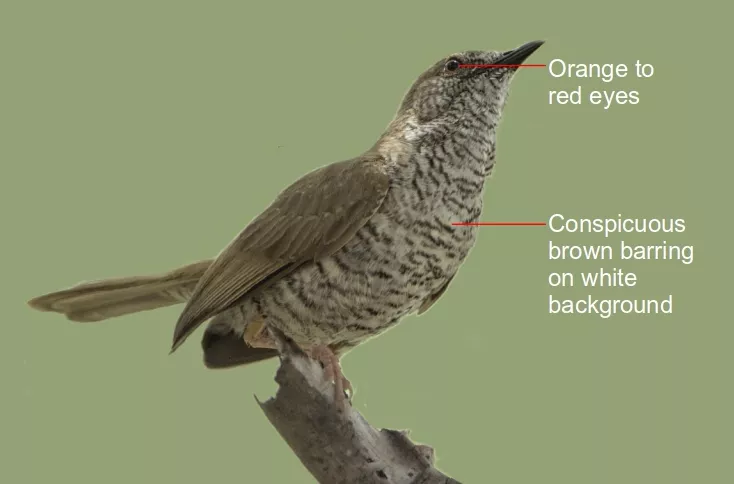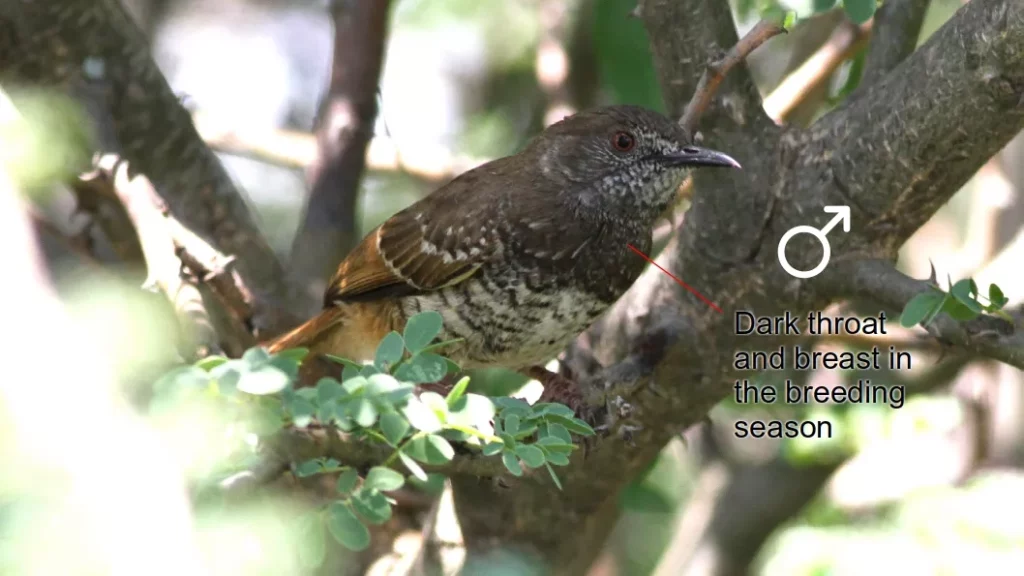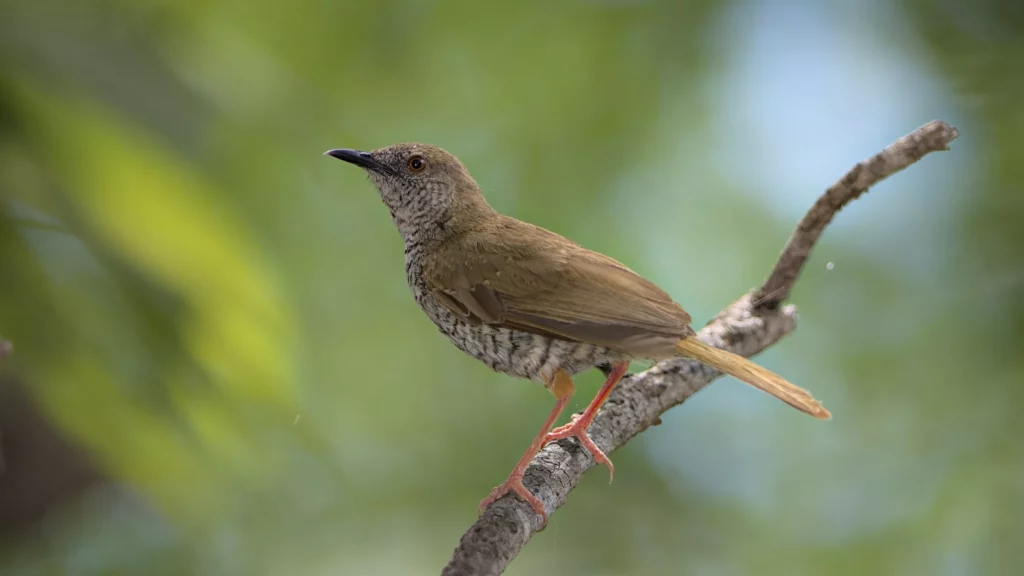Stierling's wren-warbler in South Africa
This post was initially written as an article for the
Hoedspruit Explorer Magazine.
There is a loud, high-pitched, monotonous warbling sound that is heard throughout the bushveld in the Hoedspruit area in summer, particularly in areas with decent size trees. The Robert’s app describes the sound as a piercing biririt, biririt, biririt, biririt. It can be hard to locate the bird as it is small and typically calls from up in the tree. This is the call of the Stierling’s wren-warbler, Calamonastes stierlingi, a bird that is more often heard than seen in our area. The sound is loud enough to be heard through the closed windows of a car, even with air conditioning running. That is how I first noticed it!
This bird belongs to the family Cisticolidae which contains approximately 160 species of small birds that are often referred to as warblers. Members of this family occur primarily in the warmer southern regions of Africa and Australasia, with one species extending into Europe. Many of the members of this family look alike, and are difficult to distinguish from one another except by their calls, habitat, and behaviour. Not so with Stierling’s wren-warbler in our area, it is quite a distinctive bird. In a recent genetic study of relationships within the family, the wren-warbler genus was shown to be quite closely related to the camaropteras.

Stierling’s wren-warbler is not very conspicuous, and is usually seen singly or in pairs. It is not easy to find when it is not calling, which it mainly does in the summer months. Since it tends to call from up in a tree, one can easily think that it does not come down to the ground. However, at my house in Hoedspruit Wildlife Estate, it definitely comes down to the ground, or at least to thick areas of bush where it is seen foraging among the branches for insects. It is often seen in the area around the bird bath, but I have never seen it actually visit the bath.
This species is easy to recognise when you see it, with its conspicuous barring on a white or pale background that almost looks like it was printed on an old dot matric printer. It also has orange to red eyes, and a head that is olive brown with a little rufous (reddish brown) wash. The back is slightly rufous brown, and it has brownish pink legs, as well as a black bill.
Stierling’s wren-warble breed in summer, and they use the ‘tailorbird technique’ of stitching live leaves into their nest. According to Warwick Tarboton, the leaves are attached to the nest using strands of cobweb that are pushed through pinprick-sized holes in the leaf, and ‘riveted’ in pace on the inside and outside by a small knot of the thread. This stitching technique is common in the Cisticolidae, and according to recent genetic analysis, it appears to have evolved multiple times. The nest is usually around 3m up in a broad-leaved tree, and lined with a blanket made from cobweb, plant down, and fine grass. The entrance hole is near the top, off to one side, and is the only area not covered by living leaves.

As much as any species, in South Africa the Stierling’s wren-warbler characterises our particular region of the country, where it is a year-round resident. It occurs in the belt from northeastern Limpopo, down through eastern Mpumalanga and a little bit into northern Kwazulu Natal. We should perhaps make it the national bird of the Hoedspruit area where I live!
There is another wren warbler in South Africa as well, the barred wren-warbler, Calamonastes fasciolatus, which is an ecological equivalent in different woodland habitats to the west of us. It is very distinctive from Stierling’s in both its call, habitat and colour patterns. In the breeding season (summer), the barred wren-warbler males have a dark throat and upper breast. The females and non-breeding males look a little more like Stierling’s, but the background to the barring shows less contrast with the belly, so they have a very distinctive look when you see them. They don’t occur in our area so you are unlikely to confuse them here in Hoedspruit.

Next time you are out within its range, give a listen for the distinctive call of Stierling’s wren-warbler, and look out for them quietly foraging in the bushes around your house. In winter, you will not hear them, so you will have to look carefully at small birds around your house if you live in the region. They may be quiet, but inconspicuous as they are, they are there.
